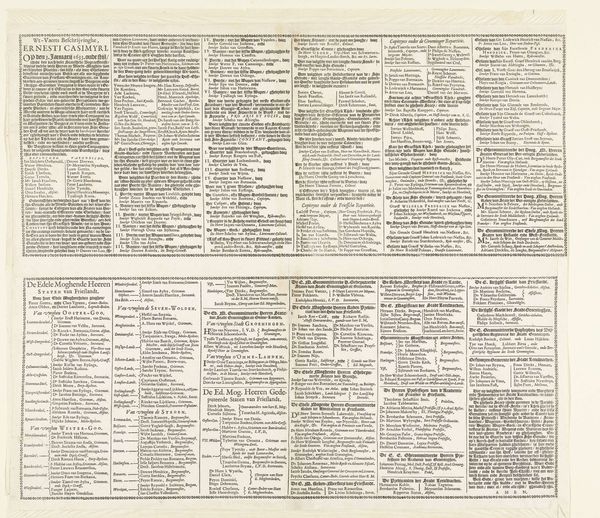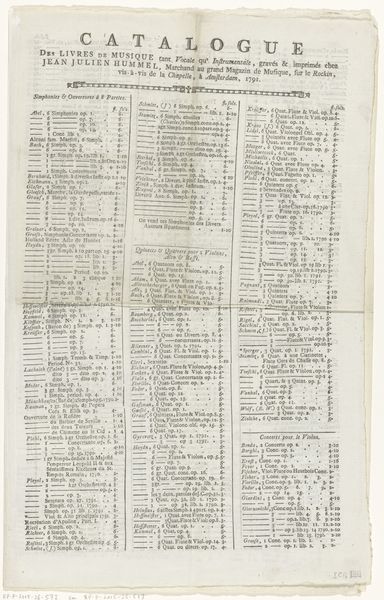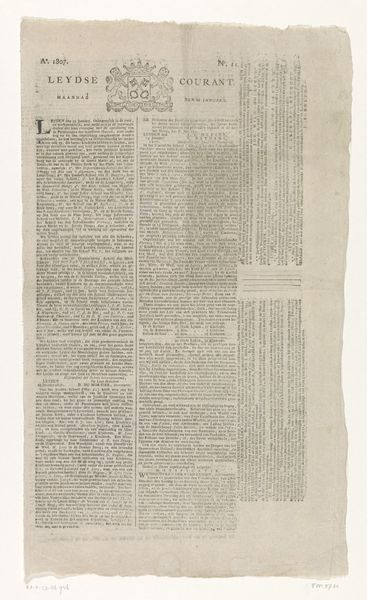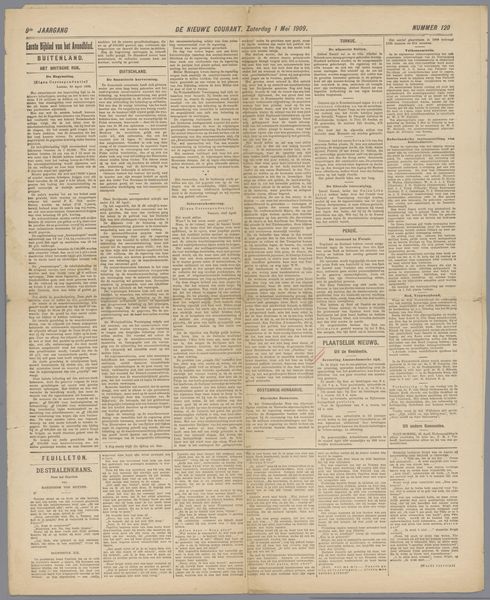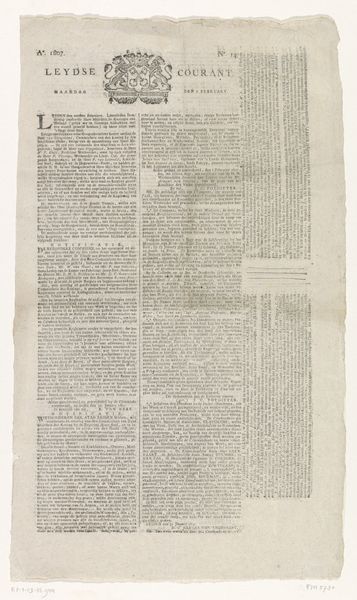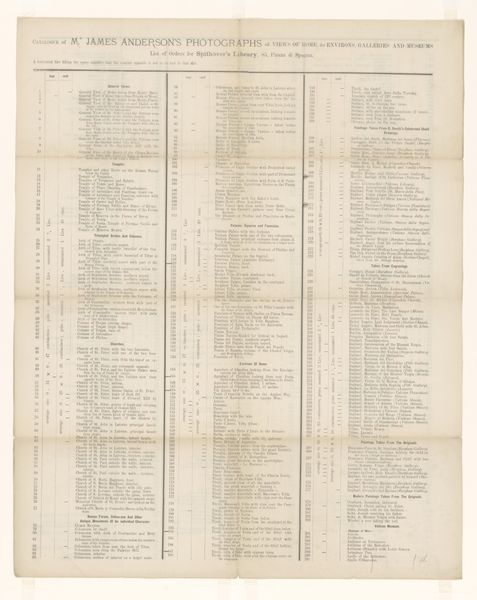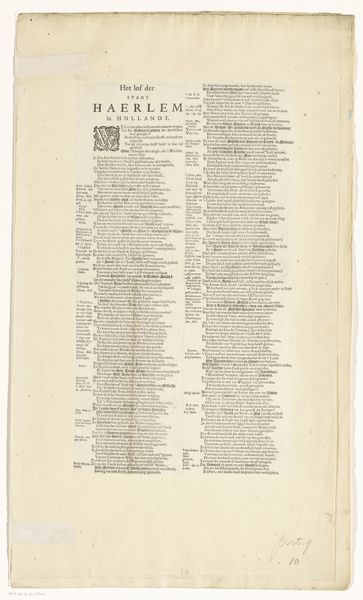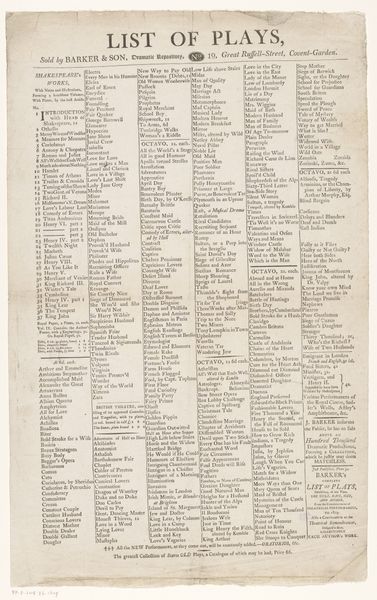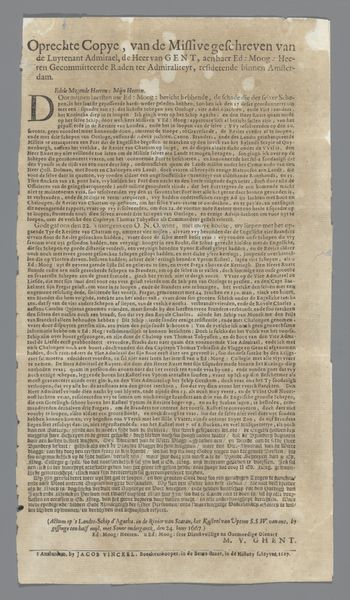
print, woodcut
#
medieval
#
narrative-art
# print
#
geometric
#
woodcut
#
northern-renaissance
#
calligraphy
Dimensions: height 830 mm, width 315 mm
Copyright: Rijks Museum: Open Domain
This is Georg Seyfried’s ‘Wandalmanak voor het jaar 1538’, a calendar for the year 1538, made as a woodcut on paper. Printed calendars like this one served not just to mark time, but also to reinforce social and religious norms. Seyfried’s calendar, produced in a German-speaking region in the midst of the Reformation, is filled with imagery that would have spoken to contemporary debates. The small scenes around the edges depict the lives of ordinary people. The title is printed in blackletter and includes the double-headed Eagle of the Holy Roman Empire. Look closely at the layout. Each month is associated with a specific saint's day and a corresponding astrological sign. These calendars were widely disseminated thanks to the printing press, and helped people structure their lives around religious, agricultural, and astronomical cycles. To understand a work like this, we need to look at the history of printing, religious reforms, and the social function of images in early modern Europe. Works like this provide valuable insights into the beliefs and practices of past societies.
Comments
No comments
Be the first to comment and join the conversation on the ultimate creative platform.

